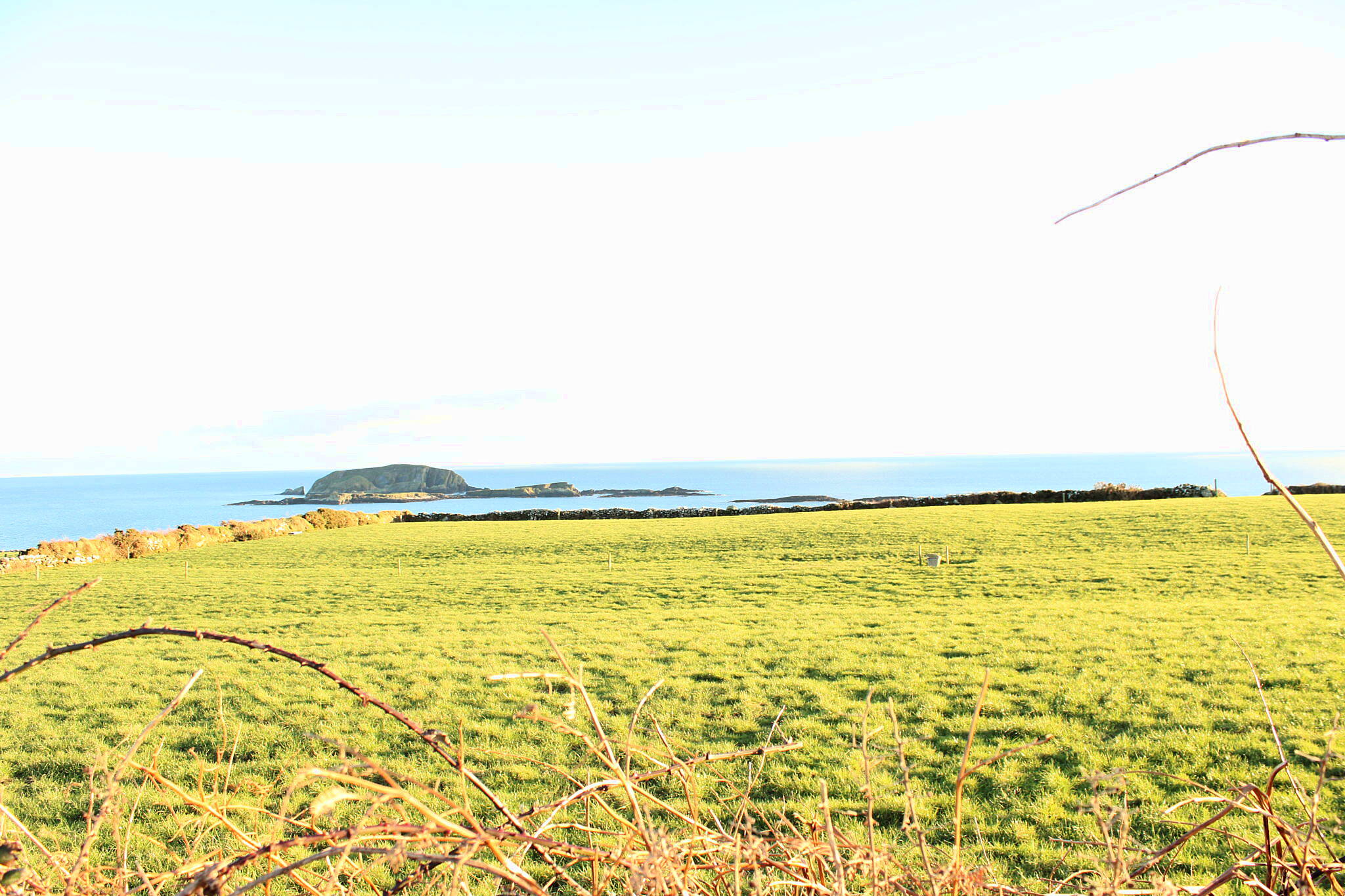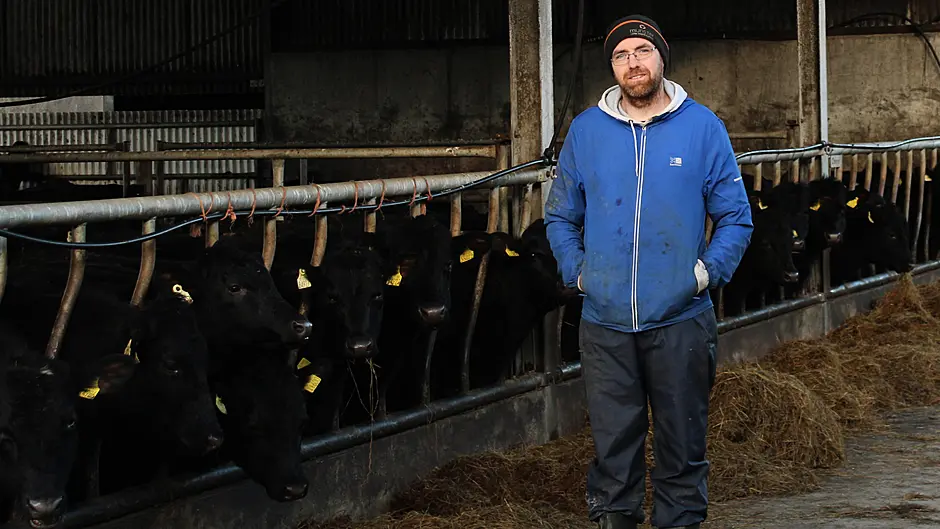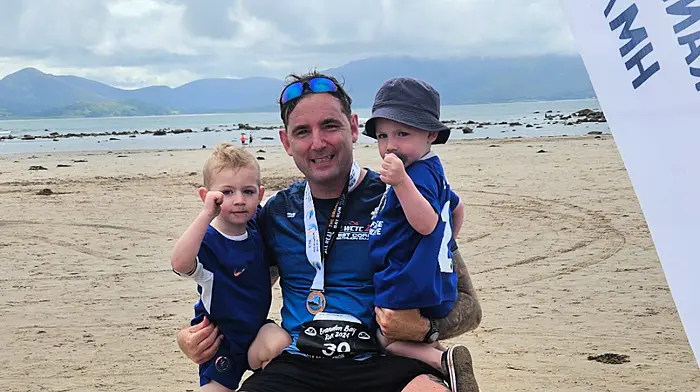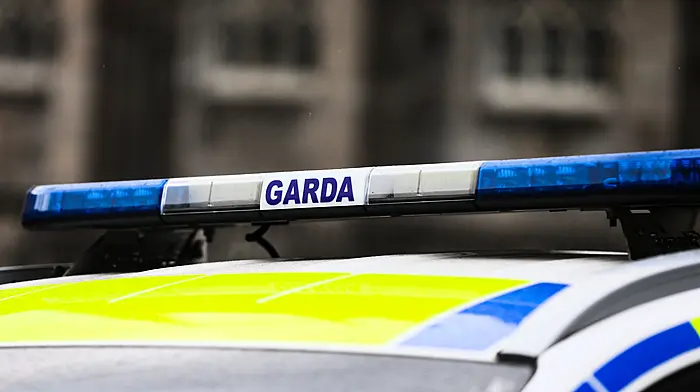Teagasc advisor Anna Sexton takes a look at the O’Sullivan farm near Leap.
JAMES O’Sullivan farms with his wife Rachel and their four children, Kayla, Daire, Jenna and Eoin between the villages of Leap and Union Hall.
Their farming system is dairy calf to beef where 90 early spring Aberdeen Angus cross calves are purchased from four local dairy herds in the area at three weeks of age.
The calves are then reared to finishing stage.
Both James and Rachel also work off-farm, so the farming system has to be flexible with the demands of a busy family life.
James has been in the Dairy Beef 500 Programme since early 2022 and has steadily implemented changes aimed at increasing profitability on the farm, such as using Low Emission Slurry Spreading, reducing age of slaughter and use of the Commercial Beef Value (CBV).
The Dairy Beef 500 Programme is a five year campaign run by Teagasc to focus on maximising the potential of beef production from the dairy herd.
James feels that by being part of this programme it allows him to expand his knowledge and learn from other farmers who are delivering in a similar system.
The farm consists of two blocks of land approximately seven miles apart.
The home farm is located near Leap village and the remaining land is in Myross, Union Hall.
Exposed to the sea wind, the land in Myross can certainly grow very early grass, whilst the home farm has a much heavier soil type.
James admits that early grass comes at a cost, with the need for early nitrogen to drive grass growth on early turnout.
A portion of the land is reseeded every year.
A big emphasis had been put on soil fertility, use of clover and farm infrastructure such as roadways and paddocks.
Through his reseeding programme on the farm, and with his focus on soil fertility particularly in new swards, he monitors the fertility status of the soil by taking soil samples every four years.
This allows him to take corrective action in a timely manner to address any deficiencies.
James feels that by getting the soil fertility right and by having his stock grazing in February, that overall age to slaughter will be reduced.
James also believes that trying to get the silage quality right will reduce his feed costs when it comes to the finishing stage of the stock.
James purchased a new slurry tanker with a trailing shoe in early 2024.
Previously he used a contractor to spread slurry but by buying one himself and availing of a TAMS (Targeted Agricultural Modernisation Scheme) grant, it gives him the flexibility to spread slurry at a time that is convenient to him.
The stocking rate on the farm has gradually increased since James began farming in 2003.
A slatted shed was built in Myross in 2020, with plans to develop the farmyard there further this year.
Adjustments made to the calf rearing shed in Leap, such as the installation of a fan system and use of Yorkshire boarding has improved air quality in the shed and helped to reduce incidences of respiratory illness in young calves.
James vaccinates calves when they arrive on the farm.
Calves are given access to a paddock adjacent to the farmyard which acclimatises them to grazing conditions as soon as weather is favourable in the spring.
 Sea wind helps the land at Myross grow very early grass. (Photo: Anna Sexton)
Sea wind helps the land at Myross grow very early grass. (Photo: Anna Sexton)
James works off farm as an AI technician and uses his knowledge to source better quality calves.
‘The calves will finish early, before the main group of yearlings are housed prior to the second winter, and will deliver an increased carcass weight,’ he said.
He has built a good working relationship with the farmers he buys the calves from. James believes that the cow type of the dairy herd also has an influence on the type of calf he will buy. ‘I am buying all of my calves the last couple of years off four farmers with a midsized Friesian cow,’ he said.
‘Nearly all calves are AI. The key is to encourage dairy farmers to use the better bulls within their calving range with a focus of carcass weight over 10kg.’
James’ increased emphasis on improving carcass weights through sourcing better quality calves along with good grassland management and use of the CBV is shown in the performance data.
In 2024, heifers averaged 260kg Carcass at 20.4 months, with bullocks averaging 308kg at 22 months.
The aim is to get as much of the weight gain required from grazed grass. ‘Buying an earlier, healthy calf has greatly benefitted the farm,’ he concluded.
• Anna Sexton is a B&T drystock advisor in the Teagasc advisory office in Skibbereen.










